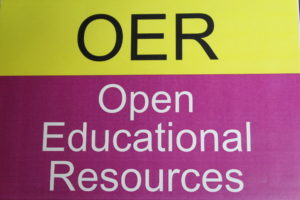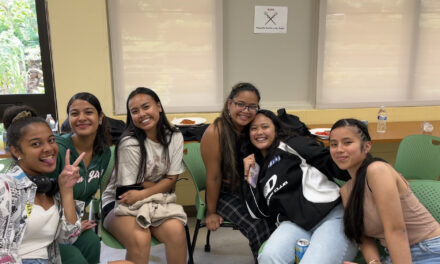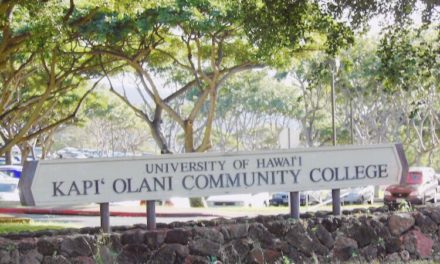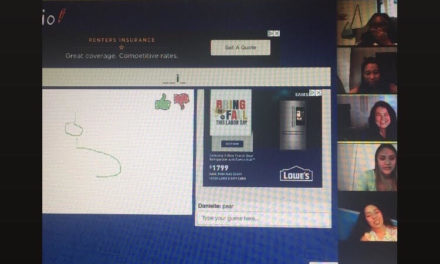BY KAYLA VALERA | STAFF WRITER
In Spring 2016, Kapiʻolani Community College adopted the “Textbook Cost: $0” program in an attempt to mitigate the cost of textbooks for students. At the time, 76 classes fell under this category, in which the course doesn’t require students to buy any designated textbooks.
Since then, KCC had 80 courses join this initiative as of Fall 2016 – with 1,396 students benefitting from this program in total. To find out which courses at KCC require no textbook, go to KCC’s online course list here. Under the description it should say “Textbook Cost: $0.”
KCC’s course of action was brought on by the University of Hawaiʻi’s Strategic Directions for 2015-2021. One of its High Performance Mission-Driven System (HPMS) tactics is to “increase opportunity and success for students and overall cost-effectiveness by leveraging academic resources and capabilities across the system.” Reducing the cost of textbooks is included in these measures.
Leading the UH community colleges in this movement of making education more accessible, Leeward Community College paved the way as the first two-year school to start the “Textbook Cost: $0” program in the Fall of 2015. KCC, and even more recently Kauaʻi Community College followed in tow.
LCC offered 53 “Textbook Cost :$0” classes in Fall 2015, in response to a survey conducted by the Leeward Library and Educational Media Center (EMC). Of the 982 students who participated, 565 students said that the price of textbooks determined their enrollment in a certain course, according to the LCC Student Textbook Survey.
This isn’t a surprise to most considering how the textbook market has been under speculation by schools across the nation for this very reason. The cost of college textbooks, since 1977 to 2015, have more than tripled, according to NBC News, an inflation rate that surpasses that of homes, food, or even cars.
Four years ago, if each student in the UH community college system were to purchase at least six textbooks per year, the total would amount to just at least $22.5 million, according to Sunny Pai, a digital initiatives librarian at KCC.
That doesn’t even include the fact that students hardly get their money’s worth since some textbooks have low or even no resale value. In addition to that, those who are covered by financial aid often have late checks that may not be valid by the time they need to get the resources that they need for classes.
The reality is that most students aren’t equipped with all that they may need on the first day of classes. These costs are among the many burdens that students have to shoulder in order to get through schooling.
But that doesn’t mean we should accept the status quo, which is where the Open Educational Resources steps in as a feasible solution to this problem.

The Open Educational Resources (OER) hopes to make higher education as free as possible to all students. (Photo by Kayla Valera)
The OER is defined by the Hewlett Foundation (which is one of its investors) as: “teaching, learning, and research resources that reside in the public domain or have been released under an intellectual property license that permits their free use and re-purposing by others.”
Its many forms include videos, projects, animation, and even textbooks.
Some of the known OER organizations that help with this educational endeavor are: MIT Open Courseware, Khan Academy, Merlot II, Flickr, BC Campus Open Ed, and Open Stax College.
The UH’s own OER program hopes to carry out this concept throughout all other UH schools through initiatives such as the “Textbook Cost: $0.”
Instructors are able to assign their course under the “Textbook Cost: $0” if the students don’t need a commercial textbook for the curriculum.
To learn more about UH OER, visit its website here.







Greetings, Lynne! Your garden hostas are lovely… My Mom planted hostas so many years ago on our property and they always come up, year after year. It's such a loving reminder of her. And yours are beautiful! Best,Gloria